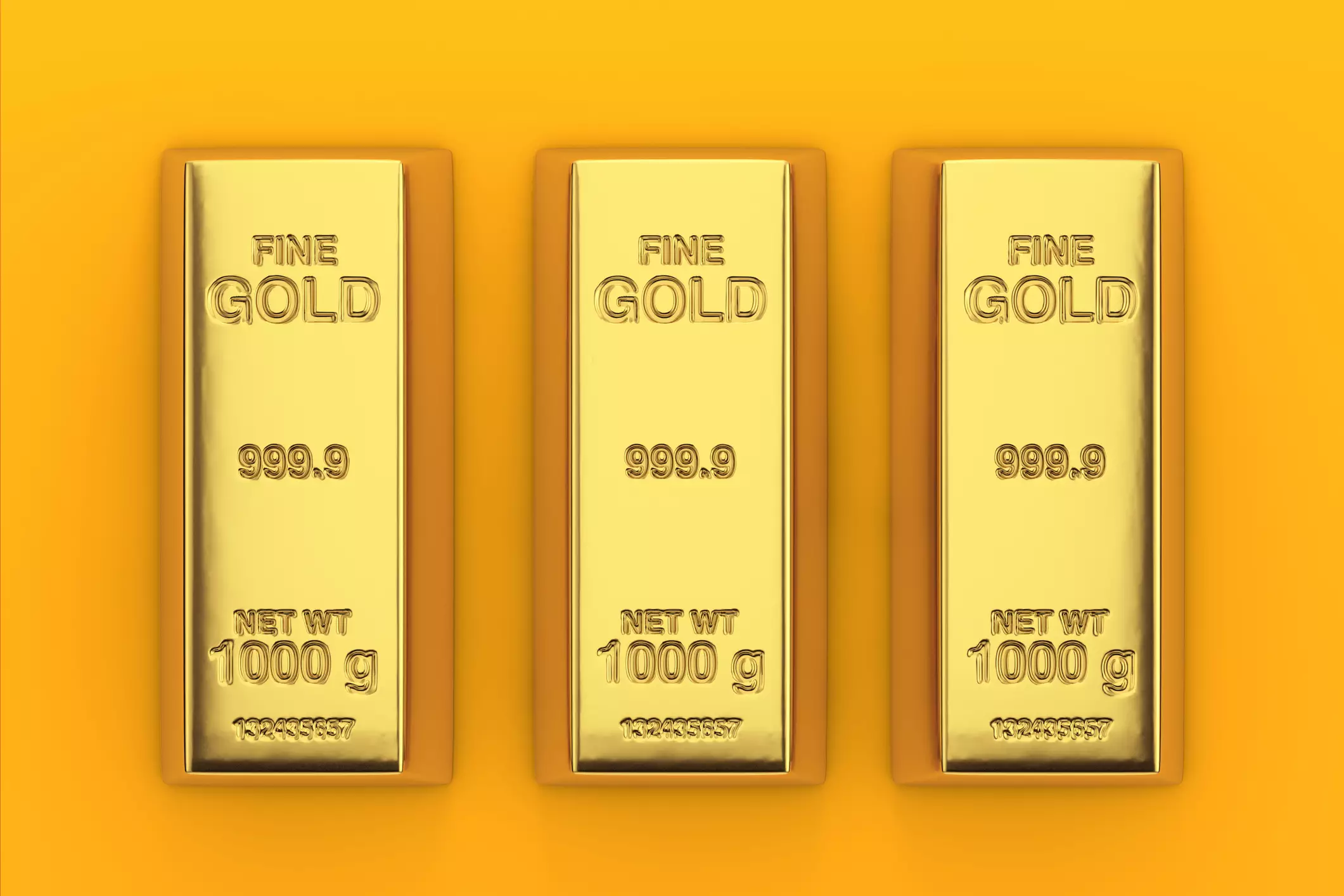Over the past few weeks, the gold market has revealed a compelling and decisive upward movement, culminating in a historic high of over $2572 per troy ounce on the spot market. This considerable price increase—approximately 3% for the week and an astonishing 25% since January—positions gold as a standout investment amidst declines in major stock indices and base metals. This recent spike prompts a closer examination of the factors contributing to this bullish sentiment, particularly the technical indicators and broader market conditions shaping investor behavior.
Technical analysis has played a significant role in defining the recent trends in gold pricing. The pattern of a rising bullish wedge has been pivotal, marking an acceleration of growth after a sustained period of consolidation that commenced in April. This chart pattern characterizes bullish momentum, indicating that any significant resistance that previously capped gold prices is being breached. The recent establishment of a new price ceiling signifies a potential continuation of upward movement, with market analysts suggesting that gold could rally further to the $2660 range. Such projections rely on historical price patterns observed since the 2018 surge, drawing parallels from market corrections that traditionally follow such bull markets.
This surge, however, is not without caution. The intense consolidation phase seen last month effectively mitigated some excessive overbought conditions, realigning market expectations and creating room for a substantial rally—notably benefiting those who were strategically poised ahead of this upswing. The volatility inherent in such movements poses risks as well, with the potential for a rapid influx of sellers looking to capitalize on the price increase, thereby serving to temper the upward trend.
The dynamics surrounding gold are intricately linked to broader economic factors, particularly the fluctuations in bond interest rates and forthcoming Federal Reserve (Fed) policies. As interest rates decline, the relative attractiveness of gold as an investment increases, drawing in retail investors seeking stable alternatives amid market uncertainty. The anticipation surrounding the Fed’s potential rate cut next week has prompted a wave of speculation among investors, reminiscent of scenarios observed in previous years. A notable reference point can be drawn from 2015 when gold prices suffered as investors braced for rate hikes, ultimately hitting rock bottom on the very day of the initial increase.
This historical context serves as a reminder of how sensitive the gold market can be to monetary policy announcements. Should the Fed decide to temper its easing measures, it may lead to a bout of profit-taking, as investors reassess their positions in light of potentially unfavorable conditions for precious metals.
Noteworthy is the performance of gold in relation to the euro, especially considering that gold prices previously confronted significant resistance near the 2300 euro mark between April and late August. Breaking through this threshold signals a renewed bullish sentiment in the eurozone, potentially attracting even more investors. This interaction highlights the global nature of gold as a commodity; fluctuations in one market can precipitate movements in another, reflecting the integrated global economy.
The contrast between strong gains in gold prices and the broader market’s reluctance to follow suit emphasizes gold’s unique position as a hedge against volatility and economic uncertainty. The outlook appears optimistic, buoyed by investor appetite and a market increasingly favoring safe-haven assets.
The recent bullish trend in gold prices captures the intertwined nature of technical analysis and macroeconomic realities. As gold pushes towards unprecedented heights, market observers will need to keep a keen eye on economic indicators and Fed policies that may shape forthcoming trends. While the current upward movement is promising, the presence of potential market volatility cautions against complacency. As such, both investors and market analysts must navigate these waters carefully, balancing risk with opportunity as gold continues its journey in an evolving economic landscape.

